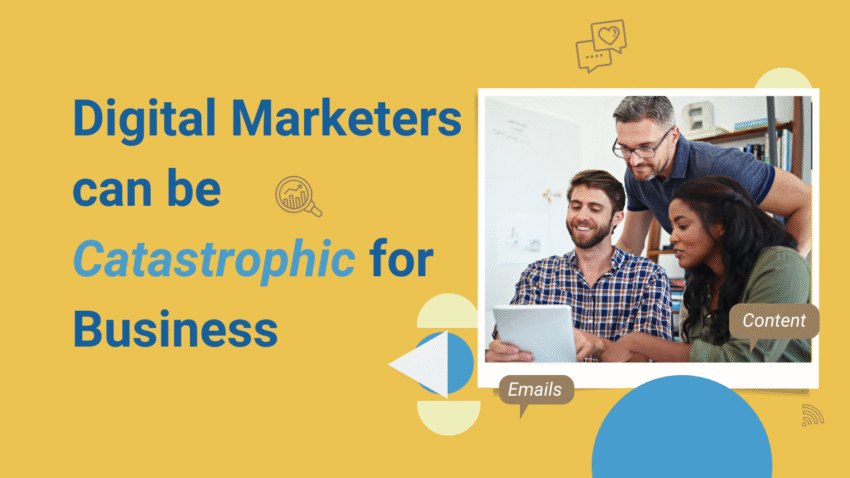I’ve long been fascinated by the subject of 1:1 marketing – often talked about in Marketing Magazine in the 1990s. One-to-one marketing is the concept of remembering your audience is just one person, and so companies personalise advertising and marketing to the individual.
In the 2021 book An Audience of One, recognised marketing experts Jamie Turner and Chuck Moxley reveal the secrets to implementing a strategy that allows a company to use important data to market to them. Naturally, this also means respecting consumers’ privacy concerns.
“In its simplest form, 1:1 marketing means engaging with prospects and customers using a one-to-one, personalised approach based on who they are, how they think, what they purchase, what their interests are, where they go, and how they prefer to be communicated with.”
– Jamie Turner and Chuck Moxley
Its structure is detailed explanations, real-life case stories from small and large companies (US based) and primary research.
The main premise is: mass marketing is losing its effectiveness and here is why leading marketers are switching to one-to-one and personalisation. (Not simply of offers to personal names but of website environments catering to towns and physical experiences too).
1:1 Marketing is Not New
The authors explain that it’s not the personalisation that’s new, it’s the fact that technology allows us to track and gain insights from data sets across many channels. Yes, a Nike store can even track those buying shoes in their store to see what advertising on TV, mobile, or desktop (and where) worked the best.
One effect of 1:1 marketing, says the authors, is that the targeted visitors are treated more as a person than a prospect on a huge list. Further, there is more two-way interaction than ever before, enabled by chat and AI technology. Indeed, we’ve gotten used to communicating in Messenger or chats.
In Part One, the authors talk about resistance to changing from a mass marketing mindset at the CEO level; slowness to realise the benefits of reach to audiences of one. They discuss addressable advertising options (reaching specific individuals with a message across all of their devices), noting that the direct marketing industry started using local and interest-based data to make more targeted messages back in the 1960s.
The part about targeting people in terms of their thinking (and beliefs) rather than their demographics was a very helpful point and one we should all keep in mind.
Search Australian Books at Booktopia. Advertising Partner.
Review of the Book’s Style and Targeting
The initial overview gives the reader a deep dive into the history of the Internet and changes in reach (not necessary for the marketer, but interesting). The book uses the first-person voice of ‘you’ and it assumes the reader is a marketing executive or consultant.
I found it US-centric, with only US statistics, and talks as if the book would never be found outside this. Ah, but it is a big world and a more worldly approach would be better.
I haven’t managed to get my hands on the whole book – just two chapters and the Table of Contents – but I see Part Three is intriguing. “Chapter 6: The Sales Funnel isn’t Dead. It just Needs a Kick in the Butt” is of interest.
All the key concepts and 1:1 marketer explanations are helpful to read, whereas the chapter on best practices for “implementing 1:1 Marketing in your organisation” would not help a solo marketing consultant. There are plenty more interesting chapters to read though.
The recommended reader is a marketing director, communications consultant, or marketing undergraduate who is interested in the move towards hyper-targeting marketing messages and away from mass marketing.
Go to Audience of One book website to download (no opt-in) the contents list and Chapter One.
Amazon pricing: Hardcover is AU $34 and Paperback is $26.27 for 320 pages. Published by McGraw-Hill, October 2021.









